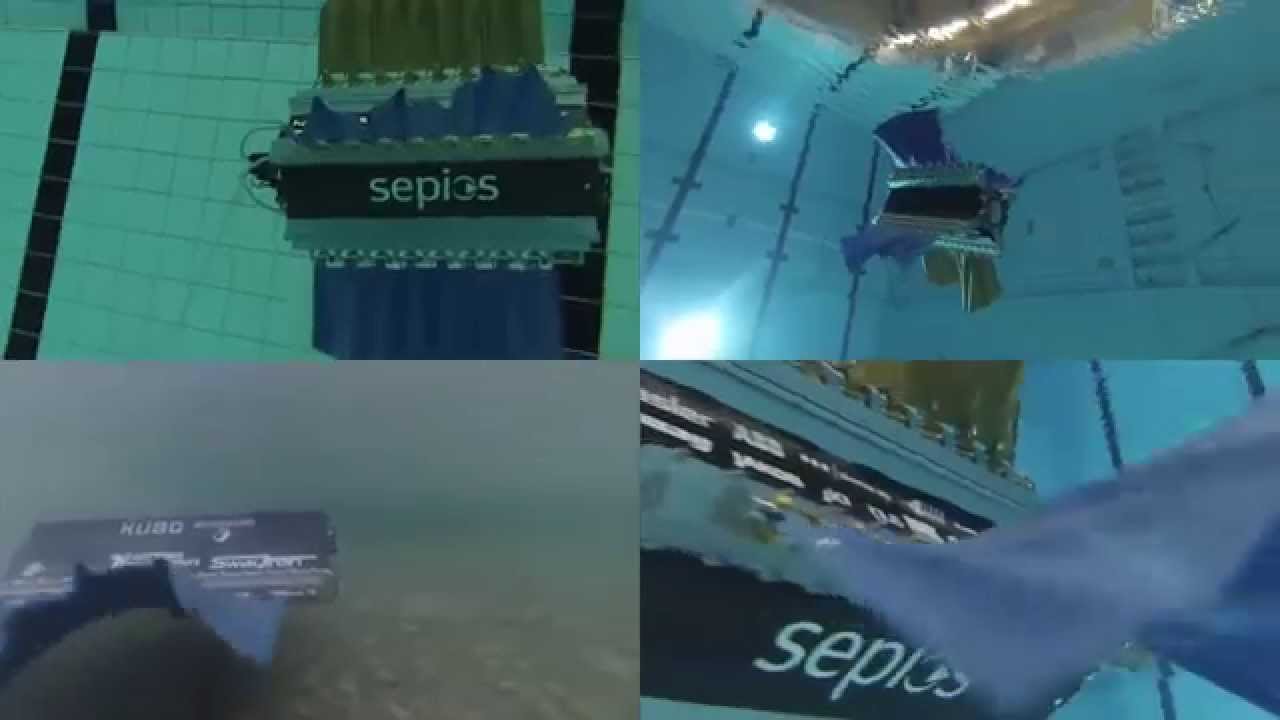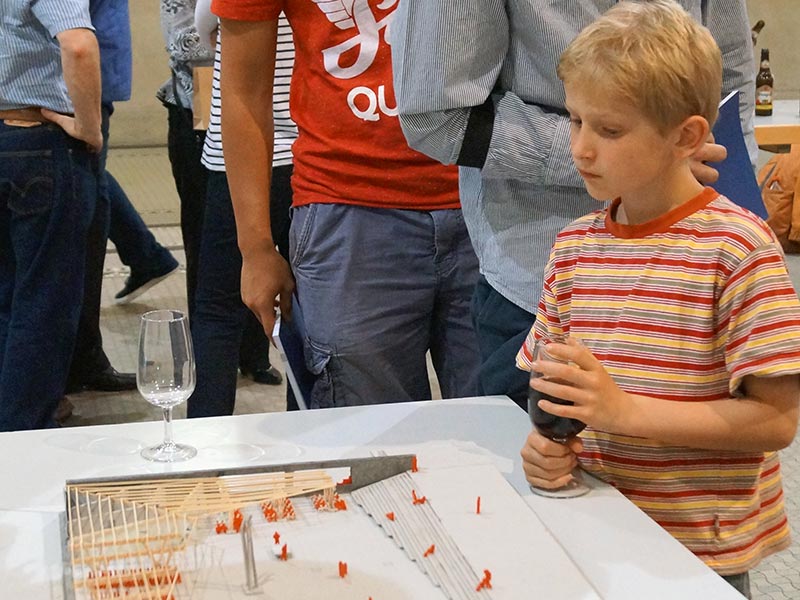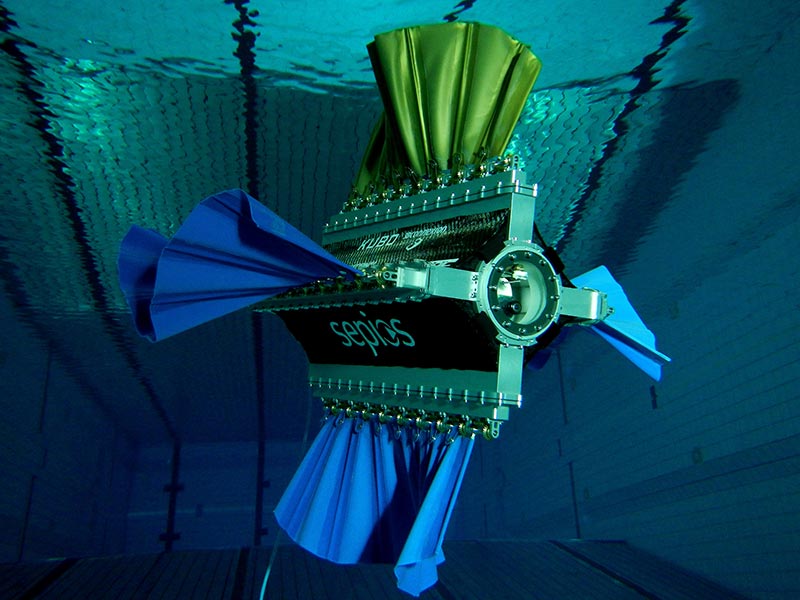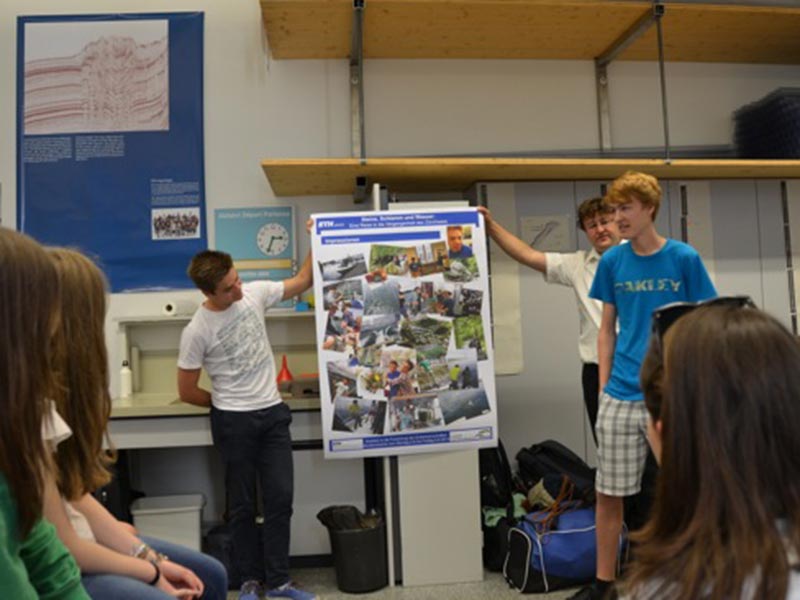“The Earth is like an onion” − pupils discover research at ETH Zurich
The annual Study Week took place at ETH Zurich from 2 to 6 June, giving upper secondary-school students the chance to work on projects alongside scientists and find out about studying at ETH.

ETH Zurich’s Study Weeks are very popular. Secondary school students with a particular interest or talent and good enough grades to allow them to take a week off from their regular lessons are readily encouraged by their teachers to take this opportunity to catch a glimpse behind the scenes at the university.
This year the focus was on the subject areas of architecture, biology, earth sciences, mathematics and physics. “The proportion of women in ETH Zurich’s figures is encouragingly high, but the distribution of the two genders still follows a traditional pattern,” says Gaby Kläy from Student Orientation and Coaching, which organises the Study Weeks. “Sixty per cent men, forty per cent women; the figures in architecture and earth sciences are evenly balanced, while men dominate in mathematics and physics and women in biology.”
The sociable part
On the Wednesday evening, a very diverse group of 118 secondary school students gather in the ‘Dozentenfoyer’ faculty restaurant. They are all taking part in the trial week and have been invited to a communal dinner. It is rare to see guests this young dining under the cupola of ETH Zurich’s Main Building. A few professors and doctoral students mingle with the teenagers. The atmosphere is relaxed, informal and reminiscent of an evening’s refreshment after a long walk. Everyone is tired, but they all have plenty to talk about.
Tim thinks it is great that everyone has another chance to meet and socialise together following the introduction to the Study Week on Monday: “Otherwise we would just spend the whole day with our own group and not really get to know the others.” Some of the participants also meet up in the evenings at the youth hostel where they are staying, as arranged by the organisation team.
Between the main course and dessert, the young guests are treated to a presentation and live demo by the nautical robot Sepios. The six mechanical engineering and two electrical engineering students from the Sepios team know how to capture the interest of the attentive audience with their focus project. Afterwards they are bombarded with questions about the project, working as a team, and studying and living at ETH Zurich.
Bad luck with the weather and failed experiments
Markus and his biology group have been investigating whether yeast cells have memory power. “The experiment was actually supposed to run all night, but it was already over after 45 minutes. It just wouldn’t work.” When asked whether he found that frustrating, he replied: “Well, it’s just part of research and I actually think it’s quite good that this happened.” This attitude – along with the way his eyes light up – suggests that he can definitely see himself at ETH in the future.
As far as the astrophysics group is concerned, there would be plenty of things to see through the new telescope on the HPP building – if the weather were good. “We’ve had some back luck,” reports Carlotta, who is in the penultimate year of studies for her secondary school-leaving certificate. “In the morning there were too many clouds blocking the sun and we probably won’t be able to see the stars tonight either.”
The buzz of the city
Carlotta is particularly attracted by the atmosphere at ETH Zurich and the large university campus: “It feels like one great big community here. Everyone sticks together.” She appreciates the higher degree of independence students enjoy at university compared to secondary school. Other students highlight the opportunity to study a particular specialist subject intensively and in depth and the chance to work on an extended project as major plus points.
What the earth tells us
The group which was given a taste of what research is like in the field of earth sciences has been intensively examining soil samples from Lake Zurich. They went out on one of ETH Zurich’s research vessels, took core samples and analysed the layers of sediment in relation to various different issues. “It occurred to me that the Earth is structured like a giant onion,” says Dominik, describing his impressions. “You can peel back the layers one by one until you eventually reach the core.”
A crowning finale
On the Friday afternoon, the students present their projects to parents and some teachers and members of ETH Zurich. Just before this final presentation, the lecture theatre is buzzing with excitement – not just amongst the students themselves, but also amongst their helpers/advisors: after all, everyone wants to do their best one more time. The 300 or so people in the audience are not disappointed by the impressive results and findings from a week full of hard work and valuable experiences. The drinks reception afterwards provides an opportunity to take some quick final team photos, which are promptly posted on Facebook, before it is finally time for everyone to say goodbye.
Image Gallery
-

A young guest casts a critical eye over the architectural model. (Photo: Gaby Kläy) -

Sepios meets with an enthusiastic response (Photo: Team Sepios) -

Members of the earth sciences group present their research findings. (Photo: Monika Hardmeier)
Comments
No comments yet